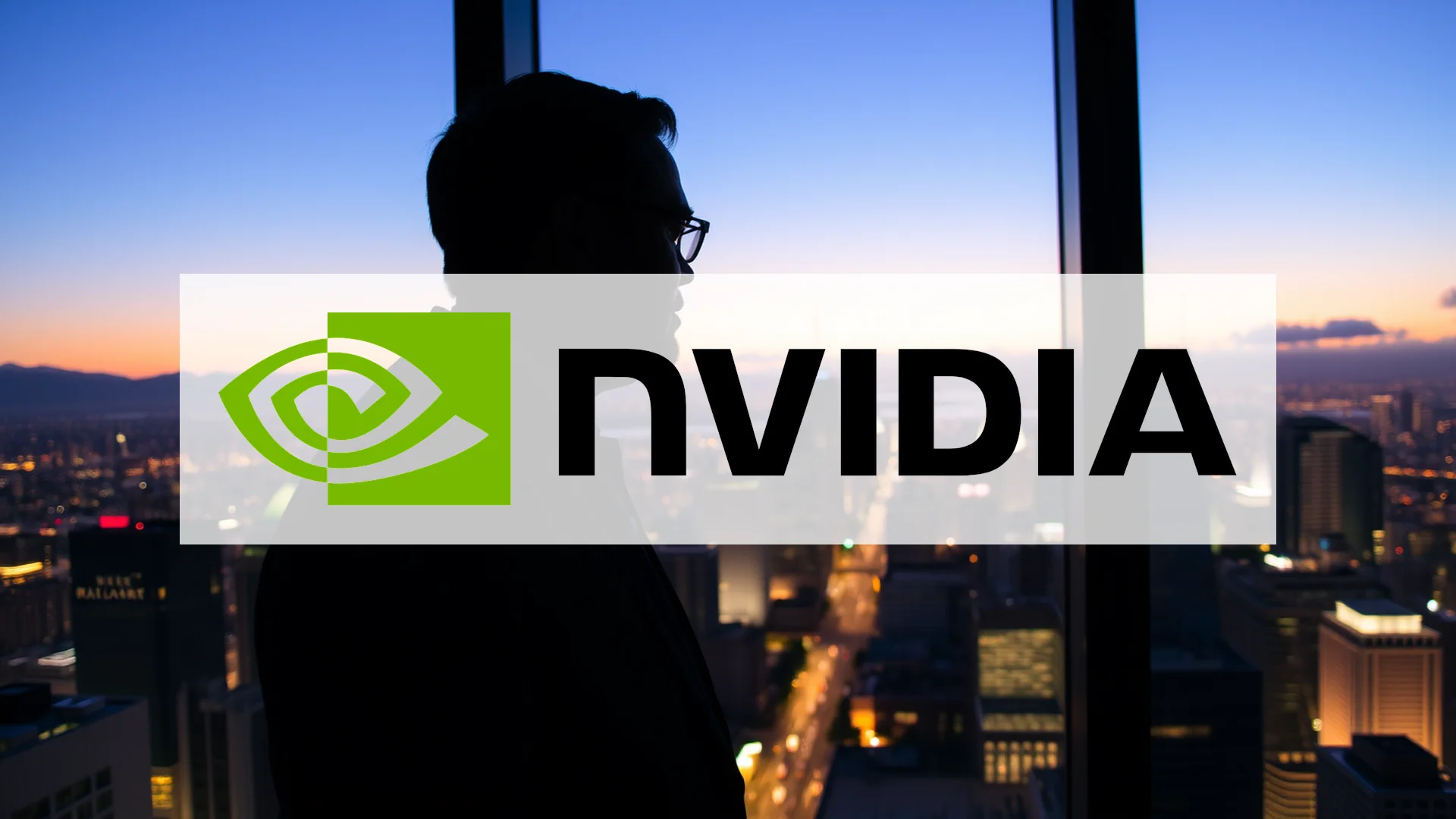Nvidia is mounting a forceful response to significant geopolitical headwinds. As Chinese authorities tighten restrictions on technology imports and prohibit domestic tech leaders from purchasing its semiconductors, the AI powerhouse is executing a multi-billion dollar counter-strategy. This offensive includes a landmark partnership with its long-time rival Intel, a major acquisition of AI talent, and a substantial cloud computing agreement. The central question for investors is whether these moves can effectively offset the financial impact of losing a key market.
A Landmark Alliance Reshapes the Semiconductor Landscape
In a stunning industry development, Nvidia announced a strategic partnership involving a $5 billion investment in Intel stock. This collaboration, which would have been unthinkable just a few years ago, represents a significant realignment in the chip sector. Under the agreement, Intel will develop custom x86 CPUs specifically for Nvidia’s AI infrastructure, while Nvidia will integrate its RTX GPU chiplets into Intel’s PC processors.
This alliance provides crucial benefits to both companies. For Intel, which has faced several challenging years, the deal represents a substantial opportunity to regain market relevance. For Nvidia, the partnership enables diversification of its supply chain and access to new market segments through Intel’s established channels.
Securing Talent and Computing Capacity
Beyond the Intel partnership, Nvidia is pursuing parallel strategies to strengthen its market position. The company has committed over $900 million to acquire key personnel and technology from AI startup Enfabrica—a strategic “acquihire” transaction. These networking technology specialists play a critical role in developing efficient connections between GPU clusters, which is essential for building advanced AI supercomputers.
Should investors sell immediately? Or is it worth buying Nvidia?
Adding to these strategic moves, Nvidia has secured a $6.3 billion agreement with CoreWeave extending through 2032. This long-term contract guarantees Nvidia access to vital cloud computing resources necessary for its expanding operations.
Navigating Chinese Market Restrictions
Despite these aggressive expansion efforts, Nvidia faces substantial challenges in China. Recent reports indicate that Chinese authorities have implemented a complete ban on domestic technology giants—including ByteDance and Alibaba—from purchasing Nvidia chips. Notably, these restrictions extend even to specially modified China-specific models such as the RTX Pro 6000D.
The impact of these restrictions is significant, as China accounted for approximately 13% of Nvidia’s total revenue in fiscal year 2025. In response to these developments, the company has already adjusted its operations and reportedly plans no H20 chip shipments to China in the upcoming quarter.
Looking Ahead: GTC Conference to Provide Strategic Clarity
The Intel partnership remains subject to regulatory approvals, while the situation in China continues to present unpredictable challenges. Market participants are expected to closely monitor Nvidia’s GTC conference in October, where the company will likely provide further details on how its strategy of geographical and technological diversification is progressing. This event may serve as a critical indicator of whether Nvidia’s counteroffensive can successfully navigate current market disruptions.
Ad
Nvidia Stock: Buy or Sell?! New Nvidia Analysis from December 22 delivers the answer:
The latest Nvidia figures speak for themselves: Urgent action needed for Nvidia investors. Is it worth buying or should you sell? Find out what to do now in the current free analysis from December 22.
Nvidia: Buy or sell? Read more here...










